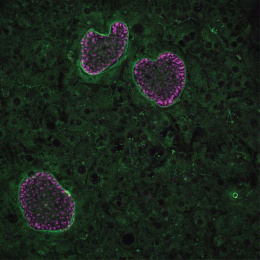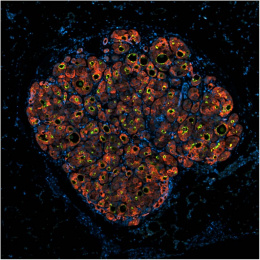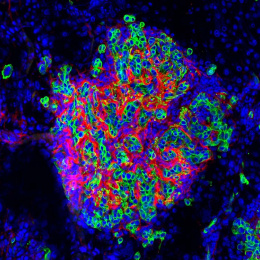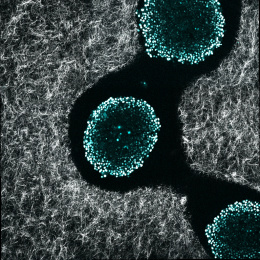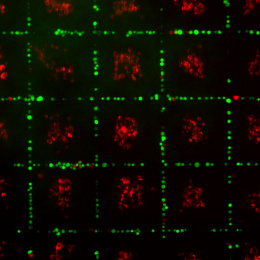Building a Biliary Tree With Tiny Technologies 2
Building a Biliary Tree With Tiny Technologies 2
Quinton Smith
Koch Institute at MIT, Institute of Medical Engineering and Science
Annually, over 3,000 people in the United States die due to liver failure waiting for an organ donation. As such, there is a clinical need for therapeutic alternatives. Patterned or self-assembled vascularized liver constructs containing hepatocytes and mesenchymal stem cells or fibroblasts, are able to augment the function of damaged livers post implantation. They extend the lifespan of chronically injured mice and expand while maintaining the capacity for protein synthesis and drug metabolism. The full potential of this cellular therapeutic relies on a functioning biliary tree, which is essential in the removal of toxins and longevity of the engineered grafts. To this end, the goal of this research is to use top down (engineering tools) and bottom up (cellular mediated self-assembly) to build a biliary tree, with the ultimate goal of incorporating them with our other engineered liver constructs.
This image uniquely captures the direct assembly of an in vitro engineered bile duct, with potential of building tissue in the architecture that mimics the complexity of the native liver.

